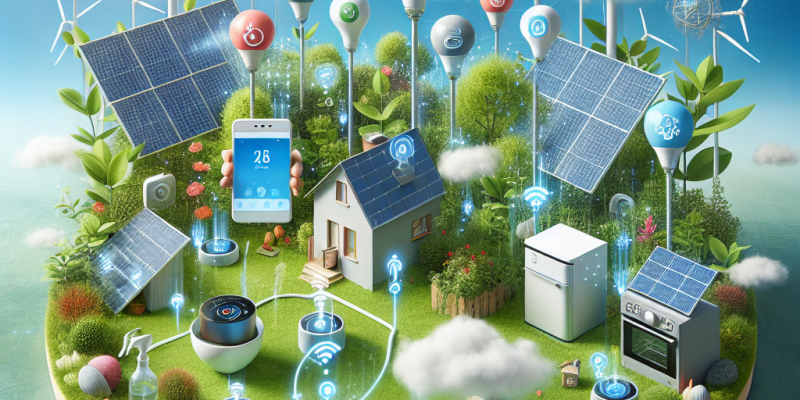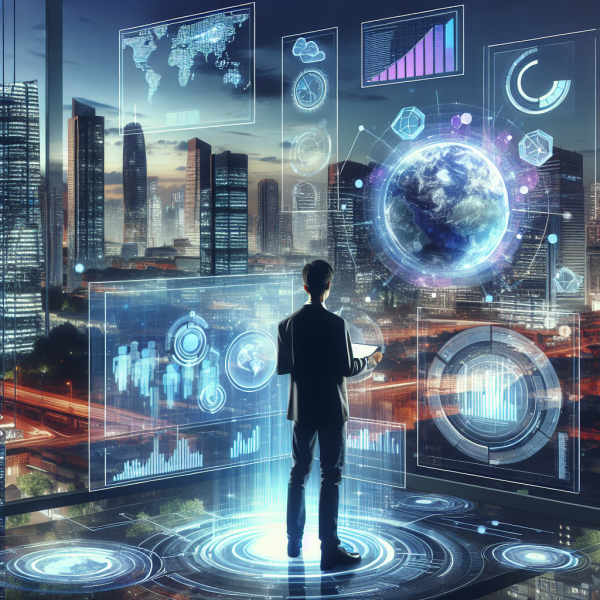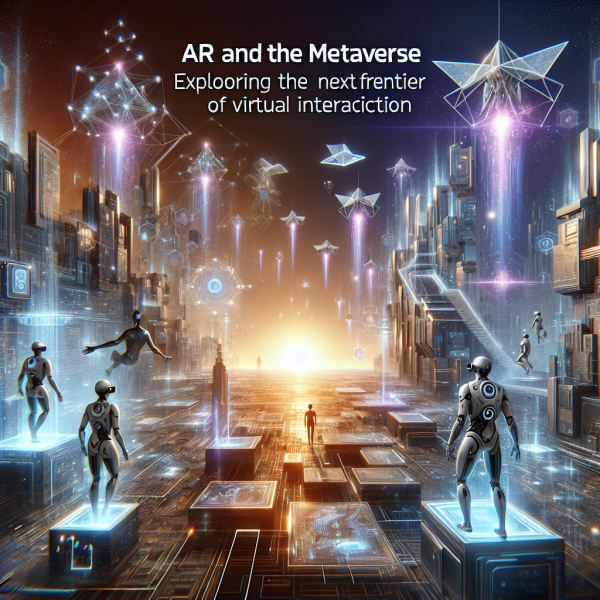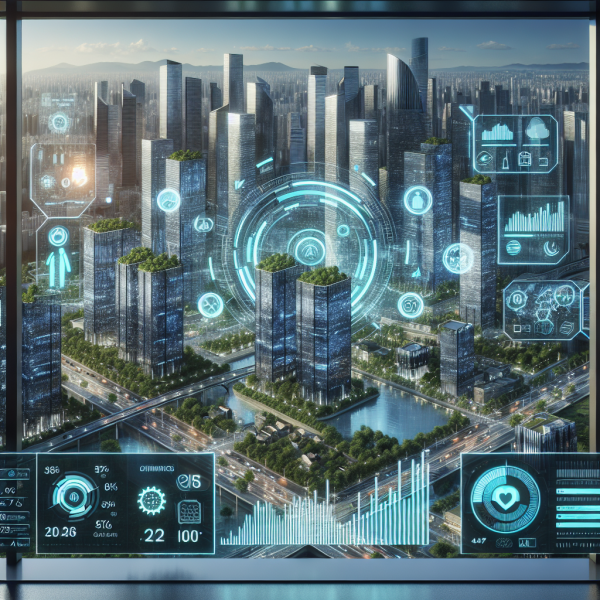IoT and Sustainability: How Connected Devices are Driving Green Solutions

In an era where climate change concerns are intensifying, the Internet of Things (IoT) has emerged as a pivotal technology that can drive sustainable practices across various sectors. IoT represents a network of connected devices that communicate and exchange data, enabling smarter decision-making and operational efficiencies. By leveraging IoT, organizations and individuals can significantly reduce their environmental footprint and promote sustainability initiatives. Here’s how connected devices are fostering green solutions.
1. Energy Management and Efficiency
One of the most substantial contributions of IoT to sustainability lies in its ability to enhance energy management. Smart meters, connected thermostats, and energy monitoring systems allow individuals and businesses to track their energy consumption in real-time. By understanding usage patterns, users can optimize their energy consumption, identify peak usage times, and implement energy-saving measures.
For instance, smart buildings equipped with IoT sensors can adjust lighting, heating, and cooling based on occupancy or external environmental factors, drastically reducing energy waste. According to a study by the International Energy Agency, implementing IoT solutions for efficient energy management can lead to a 10-30% reduction in energy consumption.
2. Agriculture and Resource Optimization
The agricultural sector, a major contributor to greenhouse gas emissions, is increasingly turning to IoT solutions to promote sustainable practices. Precision farming techniques facilitated by IoT devices, such as soil moisture sensors, weather stations, and drone surveillance, enable farmers to optimize water usage, reduce chemical fertilizers, and increase crop yields.
By using real-time data, farmers can make informed decisions about irrigation, thereby conserving water resources. For instance, connected irrigation systems can automatically adjust water distribution based on soil moisture levels and weather predictions, significantly minimizing waste and promoting responsible resource use. According to the Food and Agriculture Organization (FAO), adopting IoT in agriculture can enhance productivity and reduce water usage by up to 50%.
3. Waste Management
IoT solutions are revolutionizing waste management by making it more efficient and sustainable. Smart waste bins equipped with sensors can monitor waste levels and communicate with waste collection services to optimize collection routes and schedules. This not only reduces operational costs but also lowers emissions associated with waste collection trips.
Moreover, IoT technology can facilitate recycling efforts by tracking the composition of waste and identifying areas where waste diversion strategies can be improved. Smart sorting systems can use image recognition and AI to separate recyclables from non-recyclables, increasing the overall recycling rate and decreasing the volume of waste sent to landfills.
4. Transportation and Smart Mobility
The transportation sector is another area where IoT is making a significant impact on sustainability. Connected vehicles, public transportation systems, and smart traffic management can reduce congestion and emissions by encouraging more efficient use of transportation resources.
For example, IoT technology enables real-time tracking of public transportation, allowing users to plan their journeys more effectively. Additionally, smart traffic lights can adjust signals based on traffic flow, minimizing idle time and reducing emissions. Furthermore, data from connected vehicles can be used to identify trends in driving behavior, promoting eco-driving practices that enhance fuel efficiency.
5. Smart Water Management
Water scarcity is a critical issue facing many regions worldwide, and IoT solutions are addressing this challenge effectively. Smart water management systems utilize IoT devices to monitor water usage, detect leaks, and analyze water quality.
These systems provide real-time insights that help utilities manage their resources more effectively and reduce wastage. For example, sensors placed in municipal water pipelines can detect leaks and alert maintenance teams instantly, preventing significant water loss and conserving this precious resource.
Conclusion
The integration of IoT into numerous sectors not only enhances operational efficiency but also contributes to sustainable practices that can immensely benefit the planet. By enabling smarter resource management, optimizing energy consumption, and fostering responsible agricultural practices, connected devices are driving green solutions that help mitigate the impacts of climate change.
As we move further into the 21st century, embracing IoT technologies will be crucial for businesses, governments, and individuals striving to build a more sustainable future. Through collaboration and innovation, we can harness the power of IoT to create a greener, smarter world.













